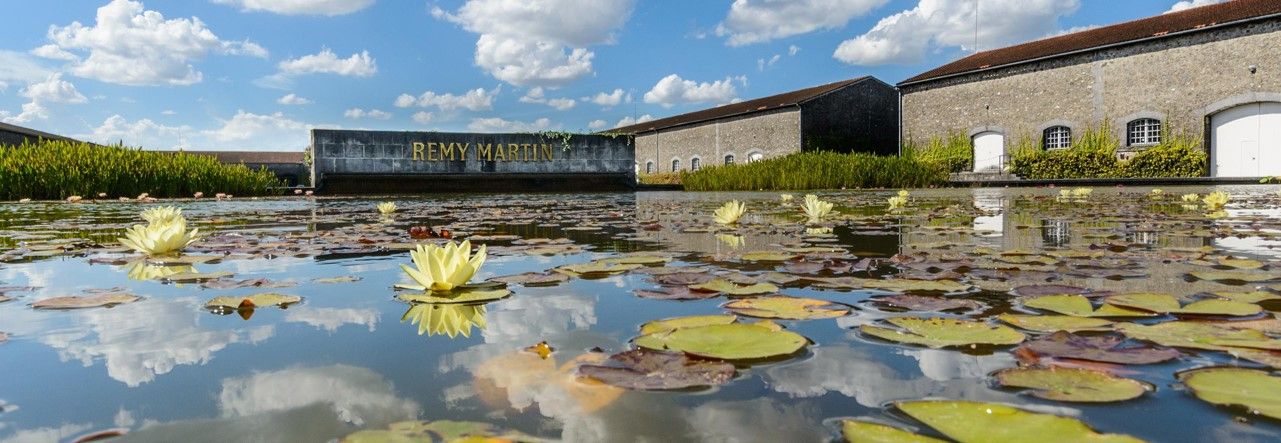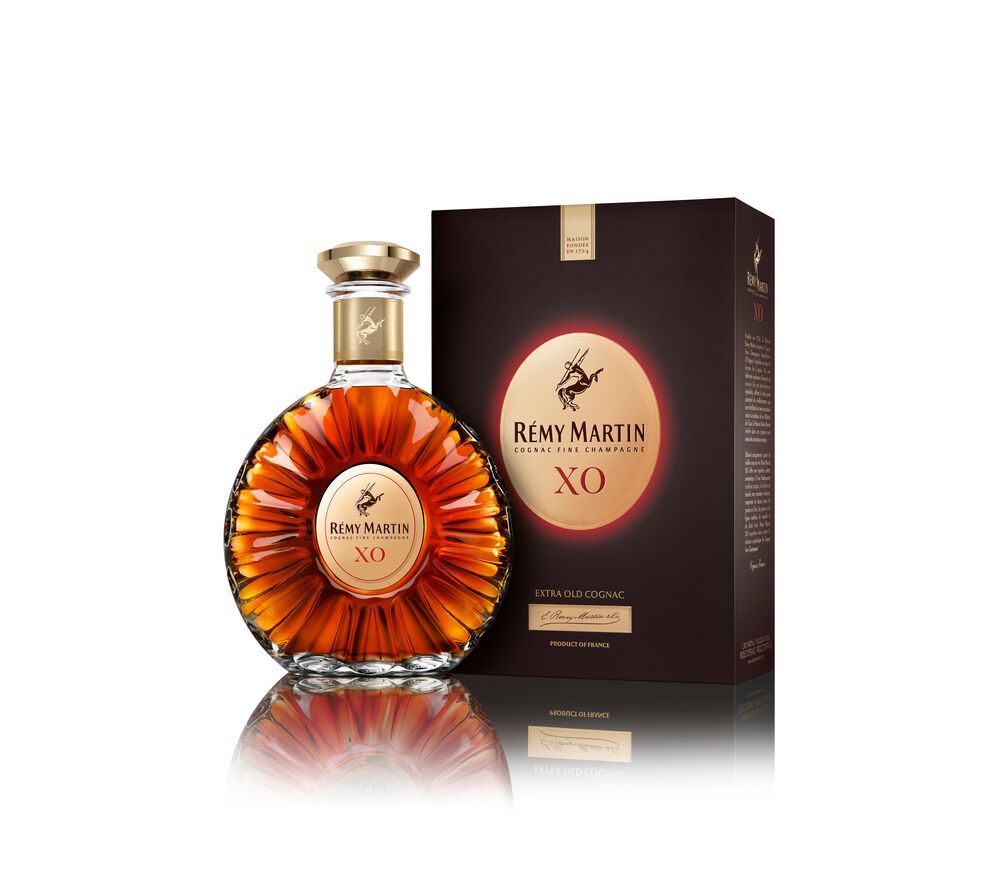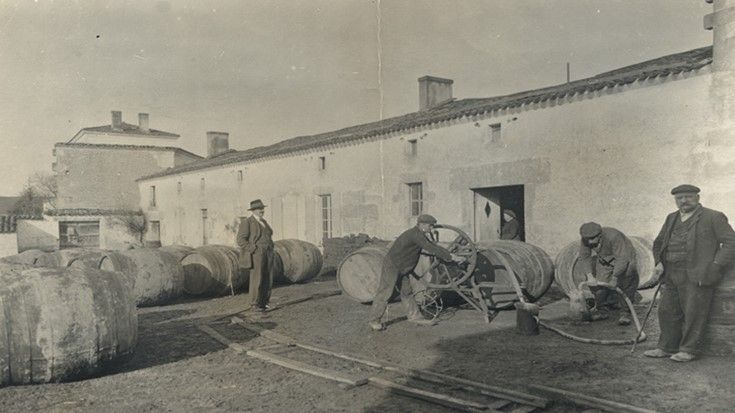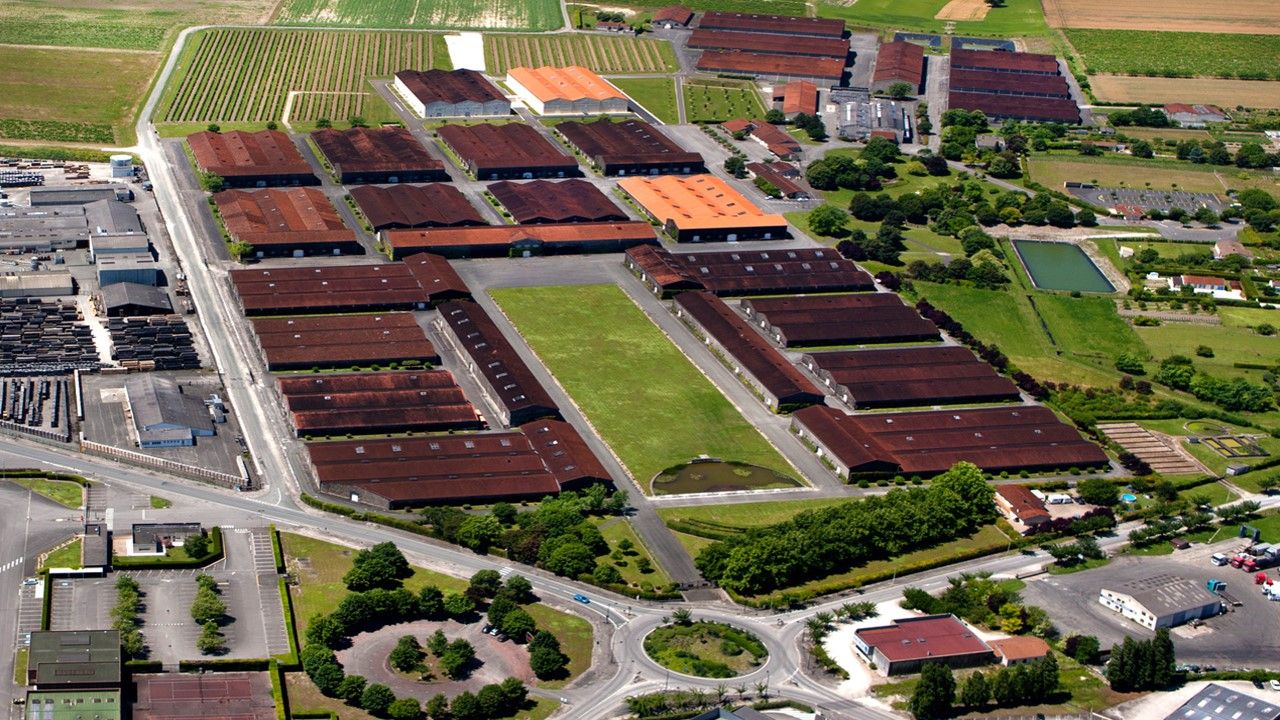Explainer: what makes cognac so expensive?
In a time when there is so much great booze in the world, it’s fair to ask the question: why is cognac so expensive?

Cognac has a long association with exclusivity, with the rarefied air of private members clubs, with fancy crystal decanters and fluffy French terms like Fine Champagne and Grande Champagne adorning their bottles. I mean, you're supposed to drink it from a snifter, right?
Well, for one, that snifter glass is a grift if you ask us — you’ll get a better drinking experience in a stout tumbler. Perhaps go for a small tulip style tasting glass if you must.
And it does at times feel like Cognac is trying so very hard to be liked, what with those fancy decanter bottles and acclamations of luxury. Armagnac, eh, it’s got little more street cred. It’s the one you know about if you know about stuff like this.
So in a time when the demand — and prices — for fine single malt whisky is exploding, and there's more great hooch out there than ever before, it’s fair to ask the question: why is cognac so expensive?
Here, we'll take a brief look at the rules that govern its production, what makes cognac different to other premium spirits like single malt, and some of the factors that make cognac the luxury spirit it is.

What is cognac?
Cognac is an aged brandy made from grapes grown in the Cognac region of France. Its production is protected and regulated by French appellation d’origine contrôlée rules.
There are a number of regulations that govern the production of cognac and contribute to the price you pay for a bottle. Many of them have to do with the vineyards in which the grapes that make the base wine that is distilled into spirit are grown — there are rules about the yield of alcohol gained from the grapes, vineyard spacing, the minimum density of vines per hectare, and so on.
Below are a few of the most important ones, but you can read about the regulations around cognac in more detail here.
- There are eight white grape varieties permitted in the production of cognac: ugni blanc, colombard blanc, folle blanche, montils, semillon, folignan, Jurançon blanc, and Meslier Saint-Francois.
- Cognac must be sold at no less than 40 percent ABV.
- There are a number of rules to adhere to, which we will go into later.
- Cognac must be double distilled using a copper Charentais still, and must be heated using an open flame.
- After the second distillation the spirit must be no greater than 72.4 percent ABV.
- Distillation must be completed no later than the 31st of March of the year following harvest.
- Cognac can only be made from wine made from grapes grown, harvested, and vinified within the Cognac area (see the picture below).
- Furthermore, cognac must be distilled and aged within that area.
- The spirit must be aged in oak for a minimum of two years.

The regions of Cognac
The Cognac appellation sits north of the wine region of Bordeaux and the Armagnac region in the south west of France, with the Atlantic Ocean on its west coast.
There are six subregions of Cognac: the two most prized are Grande Champagne and Petite Champagne; followed by Borderies, Fins Bois, Bons Bois, and Bois Ordinaires.
If a cognac features the name of one of these subregions on its label, it must have been distilled from wine from said region and nowhere else. Cognacs labelled as Fine Champagne are a blend of spirits made from wines from Grande Champagne and Petite Champagne.

What makes cognac expensive?
1. Grapes, not grain: When you compare cognac production with whisky, part of the reason that cognac typically is more expensive to produce is down to the base material they’re working with. Grapes must be harvested every year and made into wine as quickly as possible once harvested. Whisky, on the other hand, uses malted barley or grain as its base, which can be stored for years before being used. Cognac production is therefore more prone to seasonal variation in the grape growing conditions.
2. Those French appellation rules: you probably know that brandy made outside of the Cognac region cannot be called cognac, right? That rule was first formulated in France in 1909, and it’s one that is respected and adhered to by governments around the world. But the appellation d’origine contrôlée is more than just a geographic instrument — it also contains rules around vineyard yields and vineyard management, how cognac is distilled and aged and more. Whereas single malt Scotch can be made from barley grown anywhere, cognac must be made from grapes grown and vinified within the cognac region. As such there is a more limited supply of those grapes, which contributes to the eventual cost of cognac.
3. Maturation: Cognac must be aged for a minimum of two years. So what, right? Scotch must be aged for three years. But the difference here is that the area in which cognac must be aged in smaller than Scotland. Cognac must be aged in Cognac if it is to be labelled as cognac. An Islay whisky, on the otherhand, can be aged anywhere in Scotland and still be deemed an Islay whisky. You get salty, briny, sea-spray notes from Glasgow, right?
4. Marketing: Above are just a few, brief reasons why cognac is an expensive spirit to buy, but they’re mostly to do with the way the spirit is produced. But they don’t explain the full price of cognac. It also costs a lot of money to advertise the stuff to the world. The packaging, for one, is designed to convey a premium price point, and the labelling designations, from VS to XO, provide a stairway to more and more luxury.
What do the various cognac labelling terms mean?
VS, or Very Special — sometimes known as three stars — are cognacs in which the youngest spirit in the blend is two years old.
VSOP, or Very Superior Old Rare, are cognacs in which the youngest spirit in the blend is at least four years old.
XO, or Extra Old, are cognacs in which the youngest spirit in the blend is at least 10 years old. XXO cognac or — you guessed it — is extra, extra old and the minimum age of spirit in the blend is 14 years old. It’s the oldest official category of cognac, though many brands add further age designations to distinguish their product from the product of other houses.

Want to learn more?
This explainer was made possible by Spirits Platform’s Spirits Academy. Their team of ambassadors conduct trainings around the country, not just on whiskey — though they cover everything you need to know there —but on a range of spirits.
Get in touch with your Spirits Platform ambassador for your state to find out more.
QLD, NT, WA & SA: Mark Hickey — email him on mhickey@spiritsplatform.com.au
NSW, ACT: Josh O’Brien — email him on jobrien@spiritsplatform.com.au
VIC, TAS: Max Borrowman — email him on mborrowman@spiritsplatform.com.au

